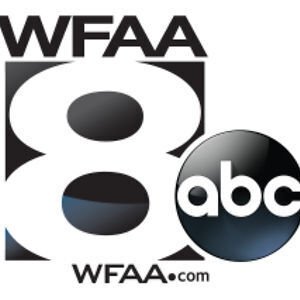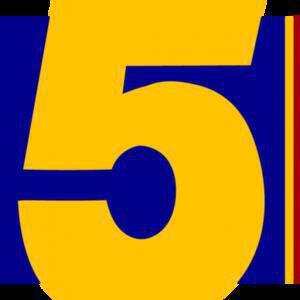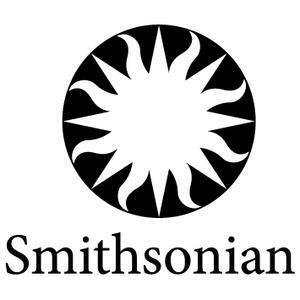An estimated 1 million people are expected to pack New York City’s Times Square to ring in 2025, as a billion more watch from their homes across the world. Among the throngs of spectators there will be 3,000 pounds of confetti and, of course, the Times Square Ball.
The ball weighs 11,875 pounds, and is covered in 2,688 crystal triangles, all of which have been made for this year’s celebration. But dropping the Times Square Ball was not the original way revelers rang in the year at the Big Apple’s famous intersection.
In December 1904, The New York Times wanted to find a way to celebrate its new headquarters, the Times Tower at Broadway and Seventh Avenue. The paper’s owner, Adolph S. Ochs, decided to throw a celebration on New Year’s Eve at Longacre Square which, thanks to a resolution by then Mayor George B. McClellan, had recently been renamed in the newspaper’s honor — to Times Square.
The inaugural New Year’s Eve festivities did not have a ball, but fireworks and dynamite.
According to The New York Times account of the event, the tower appeared to catch fire as the 200,000 spectators looked on. But it was all part of the show, as well as Ochs’ plan to put his new headquarters front and center.
The pyro display was produced that night by chemist Henry J. Pain, who had worked on the presidential inauguration of William McKinley.
Fireworks would also help usher in the next two new years, but by New Year’s Eve of 1907 fireworks were banned and a new tradition was born. The New York Times replaced explosives with a ball, a take on “time balls” from the 1830s that helped signal the passage of time, especially for navigators of ships.
According to the Times Square Association, the first time ball was installed atop England’s Royal Observatory at Greenwich in 1833. The ball would drop at 1 p.m. every afternoon, allowing nearby captains to precisely set their ship’s navigational sea clocks.
So as 1907 turned into 1908, a 700-pound, electrified ball was lowered from the top of The New York Times building, as waiters around Times Square wore battery-powered hats that lit up to show the year at midnight.
The first New Year’s Eve ball was made of iron and wood, and was decorated with 100 25-watt light bulbs.
The ball would see many changes over the years, seven versions overall:
- 1907: 700-pound, electrified wood made of iron and wood.
- 1920: 400-pound ball made of wrought iron.
- 1955: A 155-pound aluminum ball.
- 1980s: The ball was transformed into an apple for the “I Love New York” marketing campaign.
- 2000: New crystal ball was dropped.
- 2007: LED lights.
- 2009: 6-ton geodesic sphere with Waterford crystals.
The New Year’s Eve celebration at Times Square has seen a ball drop every year since ringing in 1908, except for two years, 1942 and 1943, due to the “dimout” of lights in New York City during World War II.
While the ball has changed, the location hasn’t. It’s still being dropped this year from that same building, once called the Times Tower, today known as One Times Square.

















